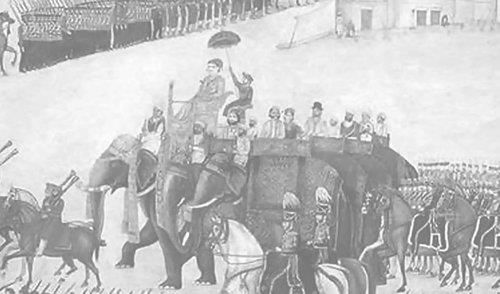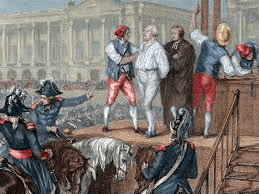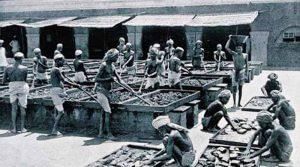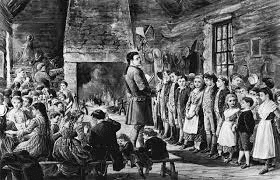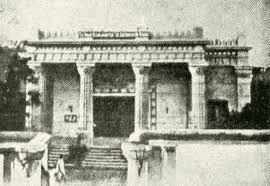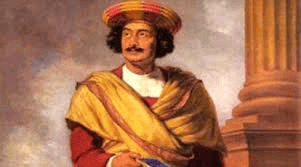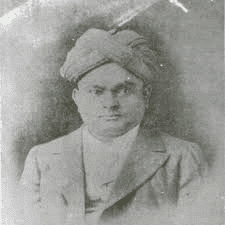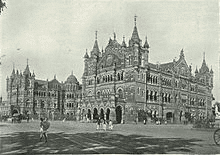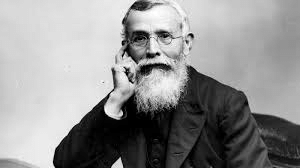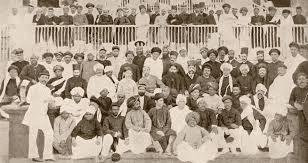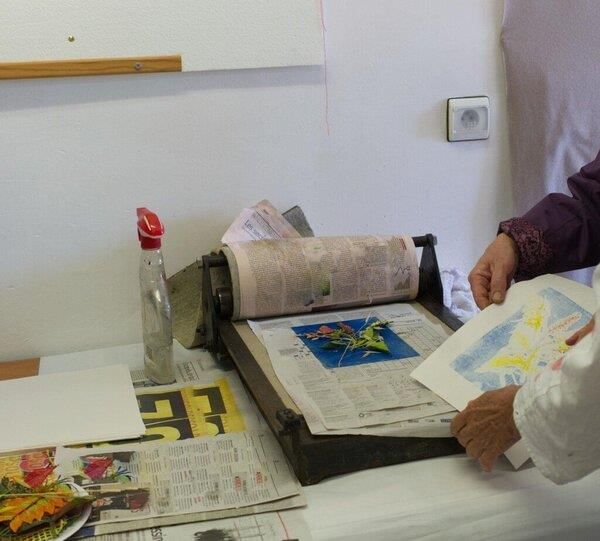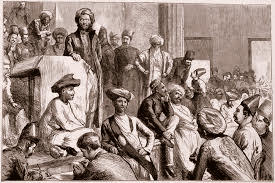|
The rise of Indian nationalism was primarily a reaction to ___ implemented by the British colonial rulers. |
Card: 1 / 42 |
|
True or False: The concepts of nationalism and self-determination were largely influenced by the Industrial Revolution. |
Card: 3 / 42 |
|
The political, administrative, and economic unification of India under British rule had the effect of linking the economic fate of different regions, such that ___ could affect prices and supply in another region. |
Card: 5 / 42 |
|
It provided opportunities for Indians to assimilate modern ideas, including rational, secular, democratic, and nationalist thoughts. |
Card: 8 / 42 |
|
What was one significant effect of the introduction of the press and literature in the late 19th century India? |
Card: 9 / 42 |
|
It criticized official policies and urged the Indian populace to unite against colonial rule. 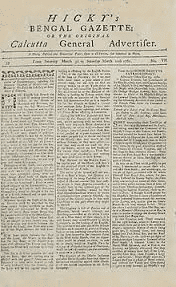 |
Card: 10 / 42 |
|
True or False: The reactionary policies of Lytton, such as the Vernacular Press Act, fostered support for British rule among Indians. |
Card: 11 / 42 |
|
By developing modern means of transport and communication that connected different regions of the country. 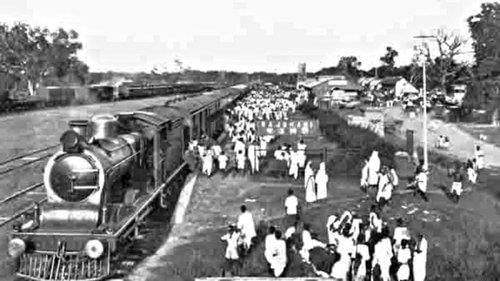 |
Card: 12 / 42 |
|
The Indian Association of Calcutta was founded in 1876 to protest against the reduction of the age limit for candidates of the Indian Civil Service examination. True or False? |
Card: 13 / 42 |
|
The Bangabhasha Prakasika Sabha was established in 1836 to promote the interests of landlords. Fill in the blank: The Bangabhasha Prakasika Sabha was formed by associates of ___ . |
Card: 15 / 42 |
 Unlock all Flashcards with EduRev Infinity Plan Starting from @ ₹99 only
|
|
Fill in the blanks: The Bombay Presidency Association was started by Badruddin Tyabji, Pherozshah Mehta, and ___ in 1885. |
Card: 23 / 42 |
|
The Indian National Congress merged with the Indian Association of Calcutta in ___ . |
Card: 27 / 42 |
|
The associations organized campaigns for the imposition of import duty on cotton in ___ year. |
Card: 29 / 42 |
|
True or False: The Indianization of government service was a campaign organized by associations in 1878-79. |
Card: 31 / 42 |
|
Fill in the blank: The campaign against the ___ Act was one of the major pre-Congress movements. |
Card: 33 / 42 |
|
What was one of the main objectives of the campaigns organized by associations before the Indian National Congress? |
Card: 35 / 42 |
|
True or False: The campaign supporting the Ilbert Bill aimed to promote judicial rights for Indians. |
Card: 37 / 42 |
|
Fill in the blank: The campaign against Lytton’s Afghan adventure occurred in the year ___ . |
Card: 39 / 42 |
|
What was the purpose of the campaign for an All-India Fund for Political Agitation? |
Card: 41 / 42 |





